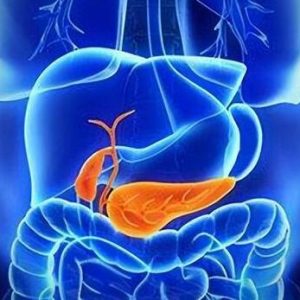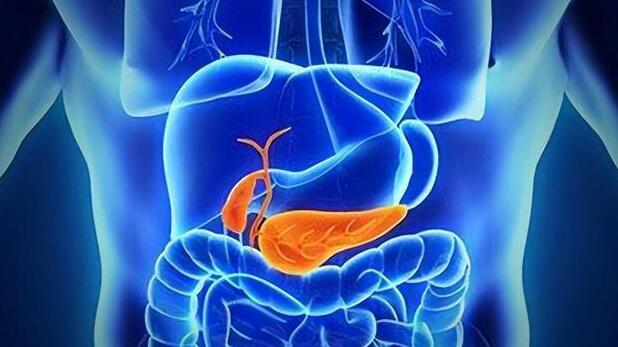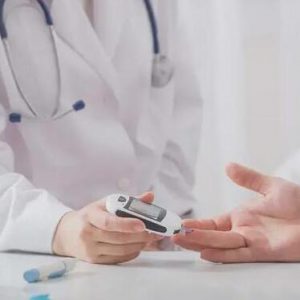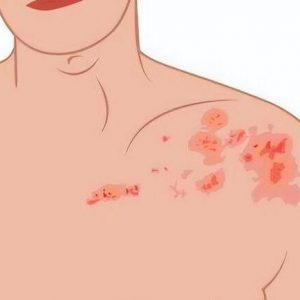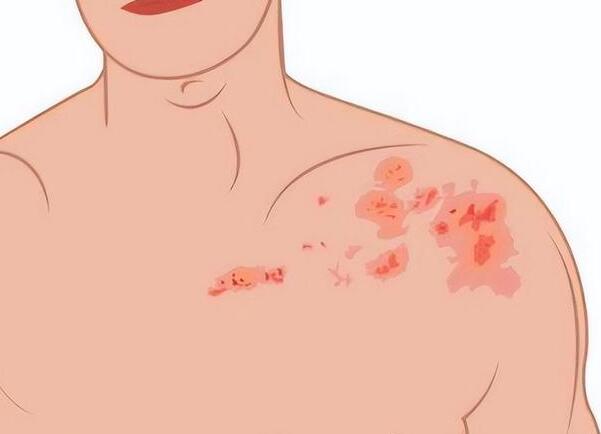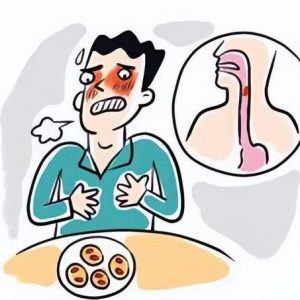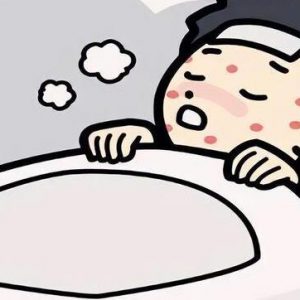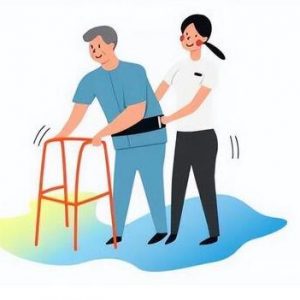Colonic polyps may seem shrouded in mystery, but they are essentially small growths on the walls of our colon. Most people remain unaware of their presence, as they go unnoticed like inconspicuous decorations on a wall. However, these seemingly insignificant growths can sometimes become formidable enemies of health.
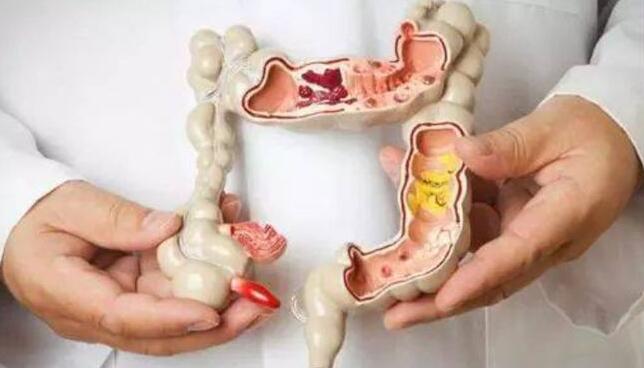
Classification
Colonic polyps can broadly be categorized into two types: adenomatous and non-adenomatous. The former carries a higher risk of cancerous transformation, whereas the latter is relatively safer.
Potential Harm
Although the vast majority of colonic polyps are benign, some have the potential to evolve into colorectal cancer.
- Cancer Risk: The most significant risk is the potential malignant degeneration of certain types of polyps, such as adenomatous polyps, into colorectal cancer.
- Bleeding: Polyps can occasionally cause minor bleeding in the intestines, which might go unnoticed unless detected through fecal occult blood tests.
- Obstruction: While rare, large polyps can grow big enough to partially or completely block the intestinal passage, causing pain and symptoms of obstruction.
- Other Complications: If polyp removal surgery is performed, there are associated risks, albeit uncommon, such as infection and bleeding.
Regular cancer screening is crucial for early detection and removal of polyps, significantly reducing the risk of cancer.
High-Risk Groups
- Older individuals
- Those with a family history of colon cancer or polyps
- People who have had inflammatory bowel diseases (like Crohn’s disease or ulcerative colitis)
- Obese individuals or smokers
- Individuals who are physically inactive
- Those with a diet high in fat and low in fiber
Additionally, inflammatory bowel conditions, biliary disorders, and genetic abnormalities may also contribute to the development of colonic polyps.
Detection Methods
- Fecal Occult Blood Test (FOBT) or Fecal Immunochemical Test (FIT): These tests help detect colonic polyps and cancer by checking for blood in stool samples.
- Flexible Sigmoidoscopy: A long, flexible tube with a camera and light source is used to inspect the inside of the rectum and sigmoid colon, allowing for the detection and immediate removal of polyps.
- Colonoscopy: Considered the gold standard for colorectal cancer screening, this procedure involves using a colonoscope to examine the entire colon and rectum, with the option to remove found polyps.
- CT Colonography (Virtual Colonoscopy): This examination uses X-rays and computer-generated images to visualize the interior of the colon. Further traditional colonoscopy may be required if polyps or other abnormalities are discovered.
- Combined Flexible Sigmoidoscopy and FIT Screening: In some cases, doctors may recommend a combination of sigmoidoscopy and FIT for screening.
- DNA-Based Stool Test: This test detects specific DNA mutations in stool, which may be more sensitive for identifying large adenomatous polyps and cancer.
When choosing a screening method, factors to consider include age, family history, genetic predisposition, personal health history, and preferences for different examination methods. It is recommended to start colorectal cancer screening from the age of 45 using any of the above methods if necessary. For those with a genetic history or other high-risk factors, earlier and more frequent screening may be advised.
Preventive Measures
1. Healthy Diet:
- Increase dietary fiber intake: Consuming more fiber-rich foods like fresh fruits, vegetables, and whole grains helps accelerate intestinal movement and reduce harmful substances’ residence time in the gut.
- Reduce red and processed meats: A diet high in these meats is associated with an increased risk of colonic polyps, so moderation is advised.
- Low-fat diet: Limiting saturated and trans fats benefits overall intestinal health.
- Avoid irritants: Minimize consumption of greasy, spicy, and salty foods to prevent intestinal irritation.
2. Lifestyle Adjustments:
- Quit smoking: Smoking has been linked to an increased risk of various intestinal diseases, including polyps and cancer.
- Limit alcohol: Excessive drinking elevates the risk of polyps; moderate alcohol intake is recommended.
- Regular exercise: Engaging in moderate physical activity can maintain a healthy weight and lower the risk of polyps and cancer.
3. Regular Screenings:
- Endoscopic screening: Depending on age, family history, and personal risk factors, regular colonoscopies should be considered. Generally, people over 50 should undergo routine screenings, though those with a family history or other high-risk factors may need to start earlier.
4. Medication Prophylaxis:
- Aspirin and other NSAIDs: Under medical supervision, these drugs may help reduce the incidence of polyps in individuals with specific genetic tendencies or a history of polyps.
- Calcium and Vitamin D supplements: Studies suggest that adequate supplementation may decrease the rate of colonic polyps, but this should be done under a doctor’s advice.
Maintaining good mental health and sufficient sleep is also beneficial for intestinal well-being. If there is a family history of colonic polyps or cancer, it is crucial to inform your doctor and closely monitor your health, following medical advice for necessary genetic counseling and personalized preventive strategies.
Treatment Options
Treatment primarily involves medication and surgical approaches.
For non-neoplastic polyps, such as inflammatory or hyperplastic polyps, if the polyp is small, it can be managed by treating the primary condition and with medication.
Neoplastic polyps typically require surgical removal, which can be achieved through minimally invasive endoscopic resection or via abdominal or anal surgeries. Endoscopic resection offers the advantages of minimal trauma and quicker recovery, significantly reducing the incidence of colon cancer.
In the face of colonic polyps, panic is unnecessary, but complacency should be avoided. They remind us that maintaining good health requires ongoing attention and care. Through regular check-ups and healthy living habits, we can effectively monitor these silent “time bombs,” ensuring they do not lead to serious issues.
